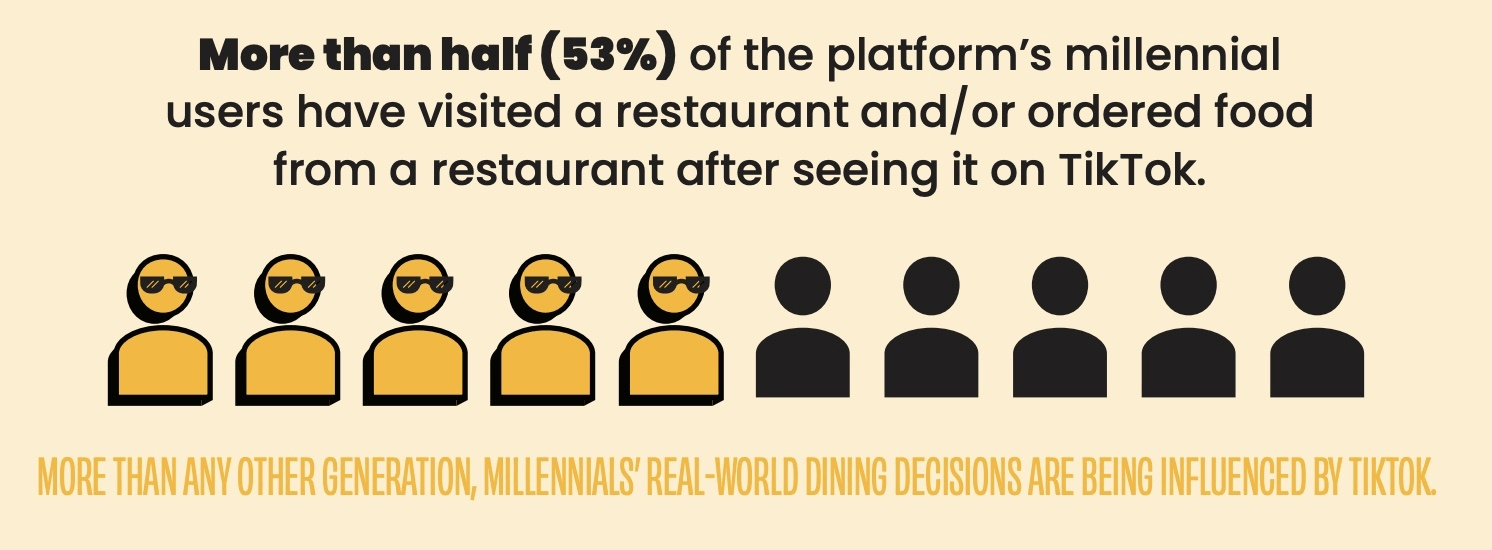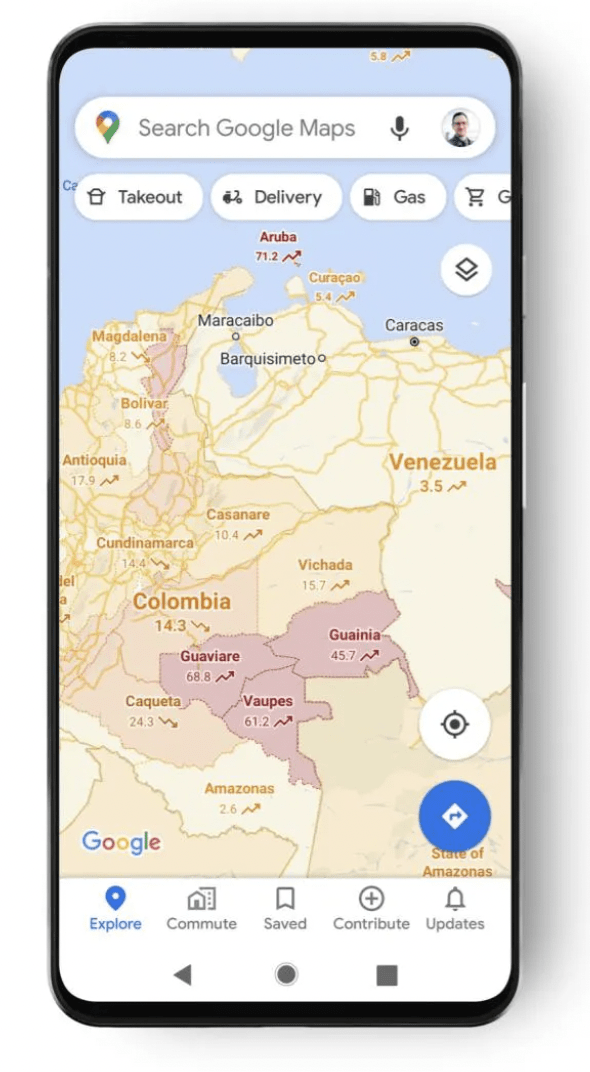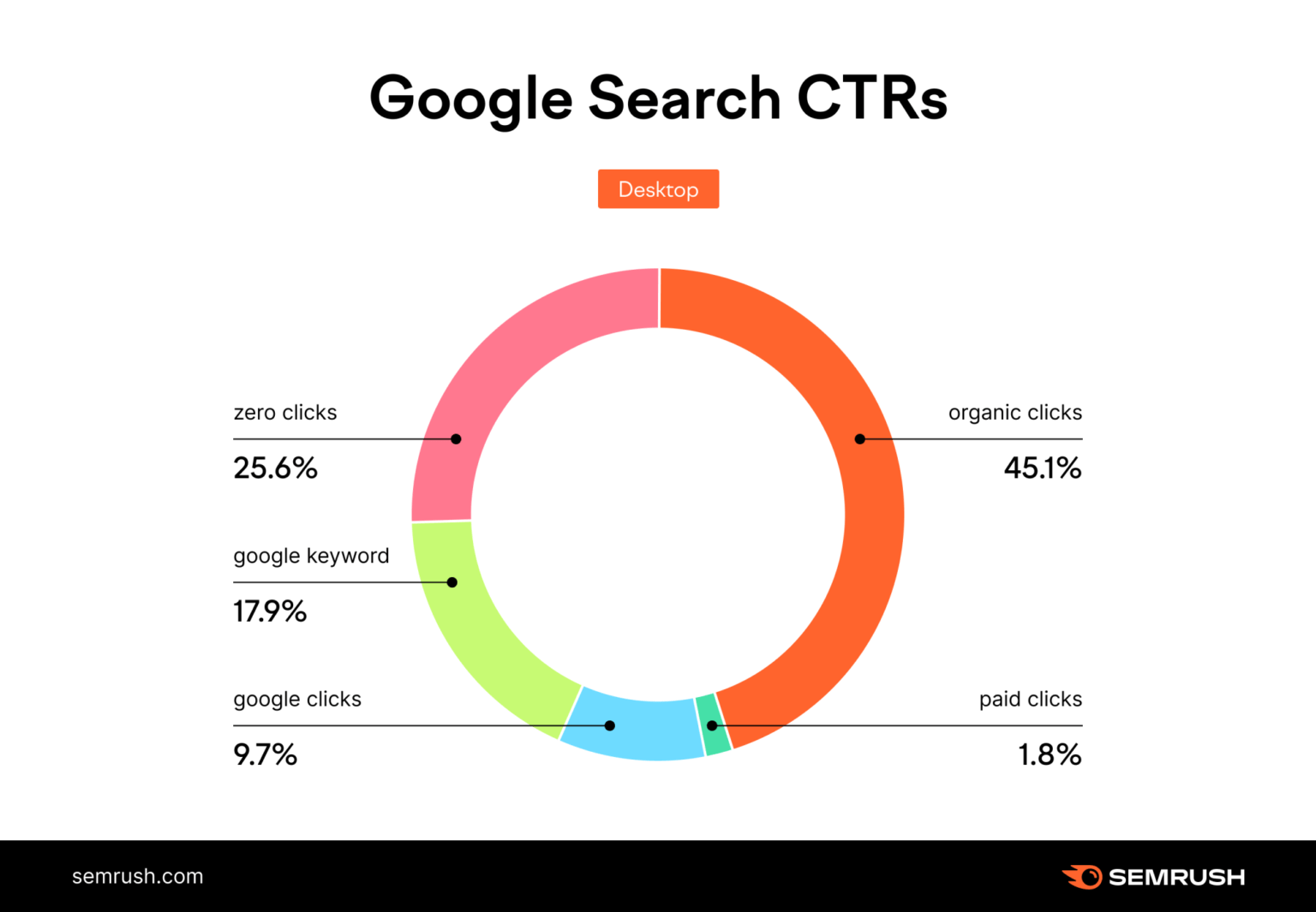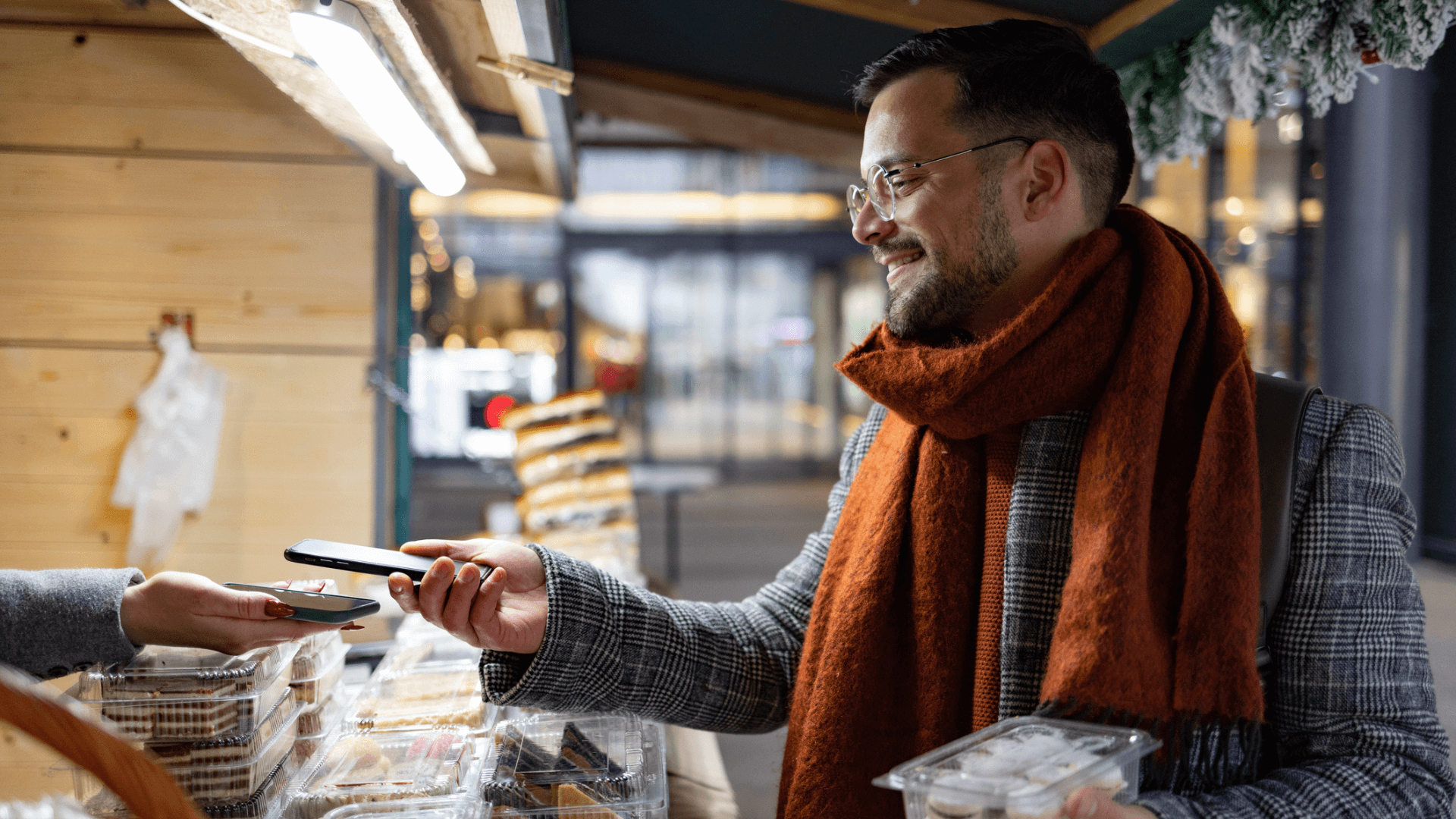What Are AI Agents? And Why Are They Critical to Local Marketing Success?
Local Memo: Twitter Faces Uncertain Future as Acquisition Becomes Final
Local Memo: Twitter Faces Uncertain Future as Acquisition Becomes Final
In this week’s update, learn about the dramatic first days of Twitter under Elon Musk; the still-frustrating topic of Google Business Profile suspensions; a new survey showing TikTok’s popularity for restaurant recommendations; signs local pack frequency may be decreasing; the shuttering of the Google Maps COVID-19 layer; and a new study from Semrush suggesting zero click is much less common than you thought.
Twitter Faces Uncertain Future as Acquisition Becomes Final
After a will-he won’t-he saga that has played out for the last several months, last week Elon Musk took the helm at Twitter in a dramatic fashion, dubbing himself “Chief Twit” and entering Twitter’s offices carrying an actual porcelain sink. (“Entering Twitter HQ – let that sink in!” he later tweeted.) Musk promptly fired Twitter CEO Parag Agrawal and several other top executives, including head of policy Vijaya Gadde, who has been responsible for moderating content violations and who made the call to ban Donald Trump from the platform.
Twitter is also being swiftly de-listed from the New York Stock Exchange under its new leadership, with Musk using the holding company he created for the acquisition to take Twitter private by buying out all of its public shares. Taking Twitter private means Musk will no longer be obligated to report figures such as number of users, costs, and expenses.
Musk has stated his priorities are to reduce the incidence of bots on the platform, remove some restrictions to speech, open source the platform’s algorithms, and increase its subscriber base. He plans to create a “content moderation council” to revise the company’s content policies and potentially reinstate some previously banned users.
Over the weekend, Musk also reportedly began a round of layoffs, after previously suggesting he might cut as much as 75% of Twitter’s workforce.
What’s Happening with Google Suspensions?
Google Business Profile suspensions, which cause a business owner or manager to temporarily lose access to a profile, are usually reserved for profiles that show evidence of suspicious activity. But an apparent bug in Google’s automated moderation system caused a spike in inaccurate suspensions that reached its apex in September and October. Profiles were being suspended for nothing more than minor edits, and users were often caught in a “reinstatement loop” where requests to reinstate the profile were apparently accepted even though the suspension remained in place.
Though the bug causing the spike in suspension cases may be fixed, many users are still stuck with previously suspended profiles that have not yet been reinstated. Wait times for reinstatement in the U.S. seem to be running 2-4 weeks, with users in other countries seeing their issues get resolved a bit faster. Reinstatement can happen more quickly if users provide plenty of evidence to Google in their support request showing that the business has only performed legitimate edits. Joy Hawkins also recommends that businesses in sensitive categories – such as locksmiths, drug rehabs, and personal injury attorneys – should spread out their edits and avoid editing too many fields at one time, since such activity can still trigger new suspensions.
TikTok Used for Restaurant Recommendations by More Than Half of Millennials
A new survey from MHG of 1,139 U.S. TikTok users finds that 53% of millennial users have visited a restaurant they discovered on the platform. Across all generations, some 38% of TikTok users have visited or ordered food from a restaurant they saw in a TikTok video. Trusting the recommendations of food influencers on the platform, 30% of users said they’ve traveled further than usual to visit a recommended restaurant, and 28% said they were willing to pay more. As for what they like about restaurant recommendation videos, 72% mentioned appealing food; 45% said it was a unique menu item; and 42% said the atmosphere looked fun. The survey helps to flesh out an earlier stat from Google which claimed 40% of Gen Z users prefer TikTok or Instagram over Google Search or Maps when looking for a place to have lunch.

Courtesy MHG / Business of Apps
Is Local Pack Frequency Decreasing?
Analysis from Moz shows, surprisingly, that the incidence of local packs in Google search results may be declining. Local packs typically appear for about 40% of queries, but in recent days have been reduced to about 25%. However, RankRanger shows very different results, with local packs appearing in their analysis for between 44 and 49% of queries. Dr. Pete Myers at Moz confirmed that not only local packs, but also several other SERP features like image results, video carousels, and Twitter carousels have begun to appear less frequently. At this point, the fluctuation doesn’t appear to have a clear root cause nor does it necessarily indicate any long-term change.

Courtesy Moz / Search Engine Roundtable
Google Maps Removes COVID-19 Layer
Google has removed the COVID-19 map layer from Google Maps. This tool was launched back in 2020 to display the severity of COVID cases in various geographic areas, including seven-day averages to show where the virus was spreading. Users are just noticing now that the feature was removed by Google back in September. A company statement cites declining usage and the availability of COVID information in Google Search.

Courtesy Google / 9to5Google
New Study Estimates Zero-Click Search at 25%
A study from Semrush contests the well-known findings from Sparktoro in 2021, which suggested that 65% of all Google searches are now zero-click, meaning that the searcher found what they were looking for without clicking through to another website. According to Semrush, a much smaller proportion of searches is properly called zero-click — just 25.6% on desktop and 17.3% on mobile. Another significant proportion of searches — 17.9% on desktop and 29.3% on mobile — are only zero-click in the sense that the user felt the need to refine the query by typing in different keywords and searching again. The remaining searches result in organic clicks to the “larger web” 45.1% of the time on desktop and 43.1% of the time on mobile. Just 9.7% of clicks on desktop and 10.3% on mobile go to other Google properties (think the local panel, Google Shopping, Google Travel, etc.).
The study finds that most searchers decide what to click on in search results after only about 15 seconds. When they don’t click at all, searchers are likely satisfied by an answer provided directly in the search result.
The study was based on a sample of about 600,000 search queries. Some commentators — and Google spokespersons — have contested the accuracy of the earlier Sparktoro studies, though it remains to be seen if these new and more modest results will be seen as more accurate.

Courtesy SEMrush / Search Engine Land




